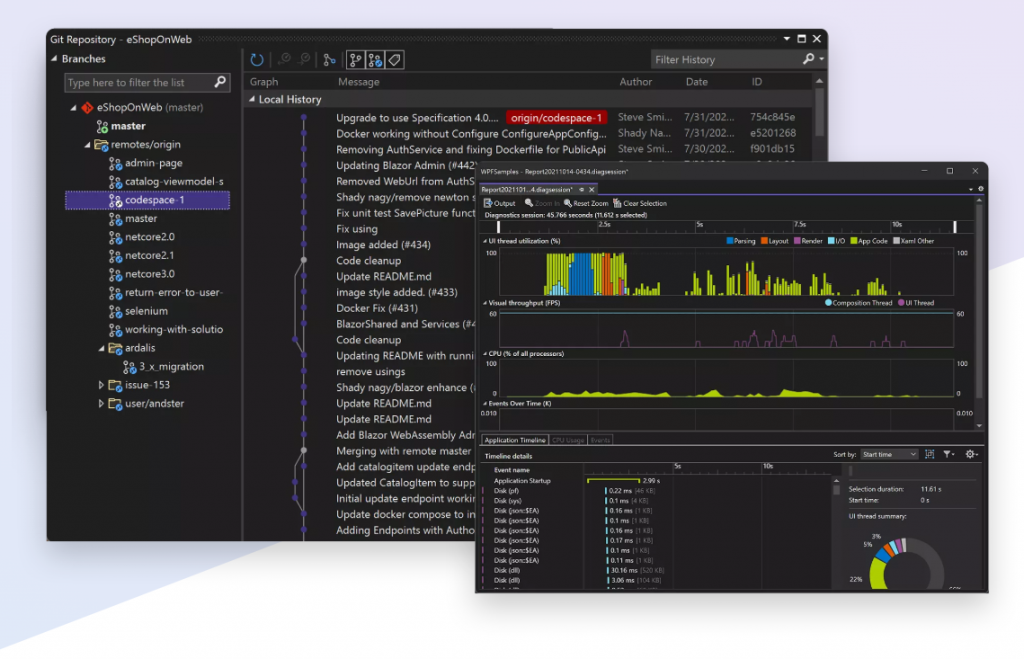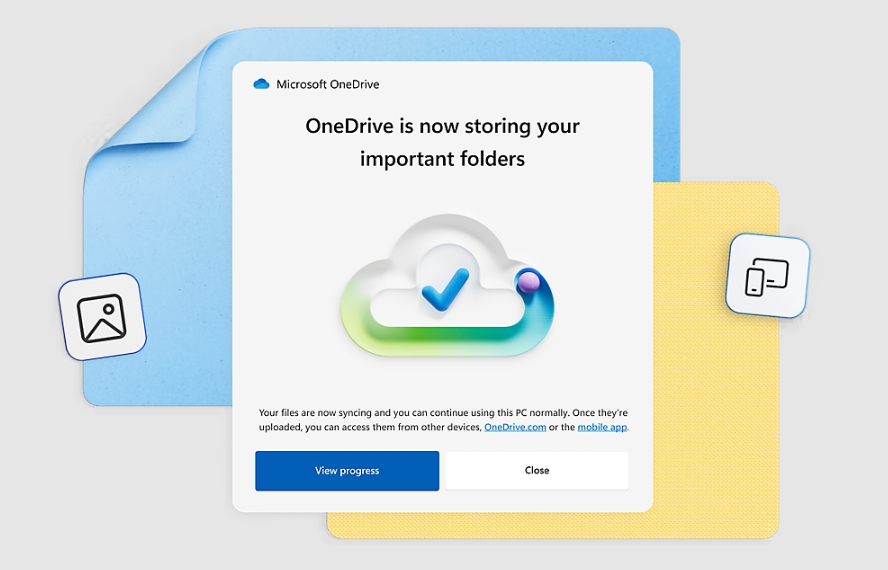5 Microsoft programs that consume a lot of resources

Microsoft has a lot of programs in its portfolio that we use (or are forced to use) for productivity, communication, entertainment, and creativity. But quite a few of them are notorious for being gluttonous - even when the program is idle and not being used at all.
What are these programs?
When it comes to system resources, Microsoft Teams is not a team player
Who would have thought that a “simple” communication program could be so resource-hungry? Almost everyone knows Microsoft Teams. It’s not just a meeting program, but an all-in-one communication tool. That’s why it’s so popular in the business environment. But it’s based on the Electron framework, which simply means that it’s an instance of a web browser in the form of an application. Such an architecture is far from being well-optimized, so you can also see in the task manager that Teams consumes a lot of processor resources, RAM, and also puts a lot of strain on the drive while running.
Teams keeps chats, channels, files, and calendars in sync at all times, which means that background processes are constantly running, even when you're not using the app. During video calls, Teams requires even more resources to render video streams, process audio, and manage shared screens.

High-definition video and meetings with large numbers of participants can cause significant performance degradation, especially on older laptops. To reduce resource consumption, limit the number of simultaneous channels and apps within Teams, use video only when necessary, and regularly clear the app cache.
Switching to an alternative is not easy because everyone in the company has to agree to it. If you are looking for a good alternative, we recommend Slack for communication and Google Meet for meetings.
Microsoft Edge – much better than a decade ago, but still Chromium
Edge has come a long way. It replaced Explorer, which was ridiculed for years by users who only used it to install Chrome or Firefox, before it ended up in the trash.
Microsoft Edge doesn't have that reputation. It was developed alongside the Chromium platform, which is also the basis for Chrome. It looks relatively modern, is quite fast, and is packed with advanced features – for example, it has real-time tab syncing, built-in extensions like vertical tabs, as well as security tools like SmartScreen (protects against phishing attacks and malicious sites) and Defender.

Its gluttony appears when we start to overdo it with tabs, especially when we have more dynamic websites open, such as social platforms or certain web applications. At that time, the memory and processing power consumption is quite high, at least compared to other browsers. Extensions and certain processes running in the background, such as the ability to put tabs to sleep, contribute to even greater resource consumption.
What you can do: Remove unnecessary extensions, be frugal with tabs, and turn off advanced features you don't need in the settings.
Microsoft Visual Studio is not a program for regular computers
If you're a developer, you've probably already used Microsoft's Visual Studio development environment. But since it includes a code editor, debugging tools, simulators, and the ability to integrate with various libraries, it should take a bigger slice of the pie.
Building and testing large applications in Visual Studio is CPU and memory intensive. If you use multiple extensions and plug-ins, the resource requirements increase even more. Running multiple projects or simulators at the same time can cause significant slowdowns on laptops with modest hardware.
There are a few ways to reduce the impact on your system: disable unnecessary plugins and – if you’re working on simpler projects – use a less gluttonous version like Visual Studio Code.

Microsoft Office – great programs, but also a burden on your computer
A handful use the open-source LibreOffice suite, but everyone else is too used to Microsoft Office to even consider switching. If you have a decent computer and use Word, Excel, PowerPoint, and other programs for simple tasks, you won't notice that these programs can put a huge strain on your computer. As soon as you start doing something more advanced, the consumption increases rapidly.
For example, Word is a perfectly normal program if you use it for basic editing and word processing. But if you start adding macros, various add-ins and extensions, and the ability to edit live, it requires more resources. Again, this shouldn't have a big impact on your overall system performance unless you have other, more intensive programs running at the same time.
Excel is similar. It won't require more than a percent or two of system resources to edit basic tables and graphs. However, when editing larger databases, the usage is higher. Formulas such as VLOOKUP, INDEX-MATCH, array formulas, or repetitive calculations can increase the system load.
Once you master PowerPoint, you can create unique presentations with animations, sound effects, video clips, etc. The more creative you are, the more resources PowerPoint will use.
All Microsoft Office programs also have the ability to connect them to other programs (Teams, SharePoint, OneDrive), which also increases the load on the computer.
If you'd like to try alternatives, we've already mentioned LibreOffice (the spiritual successor to OpenOffice), but you can also try OnlyOffice.

Microsoft OneDrive has taken on the role of court jester
What was once Explorer is now OneDrive – the target of ridicule and criticism. OneDrive comes pre-installed on all Windows computers. It is a cloud storage service, which in theory at least means that it shouldn't use up a lot of resources. But users have long complained about its excessive consumption, especially of RAM and processor.
Where does this usage come from? This is likely due to real-time features, such as constantly monitoring and syncing files across devices. This is done continuously to ensure that the user has access to the latest data at all times. If you store large libraries, edit files frequently, or share multiple folders, this syncing can become a resource-intensive operation, putting a heavy strain on your processor and bandwidth. Another reason for the high resource usage is its integration with other Microsoft 365 apps, such as Word, Excel, PowerPoint, and Teams, which allow for real-time file sharing and collaboration. What can you do? Set a schedule for when syncing should occur. Or, you can delete the app if you don't need it or are using another cloud storage solution.

These are Microsoft programs that are known to be the biggest users. We did not include Outlook, Azure Virtual Desktop, and Microsoft Defender on the list, although they are also not modest in terms of resources. However, they are smaller users than those listed.
Microsoft is constantly rolling out updates, so the behavior of these programs changes. One update may reduce resource usage, while the next may increase it. Whenever Microsoft improves the interoperability of programs, usage usually increases.
If you don't have an ancient computer and are an average user, then you won't feel these burdens. But if every resource is precious to you, then now you know where the excess fat is located.





























